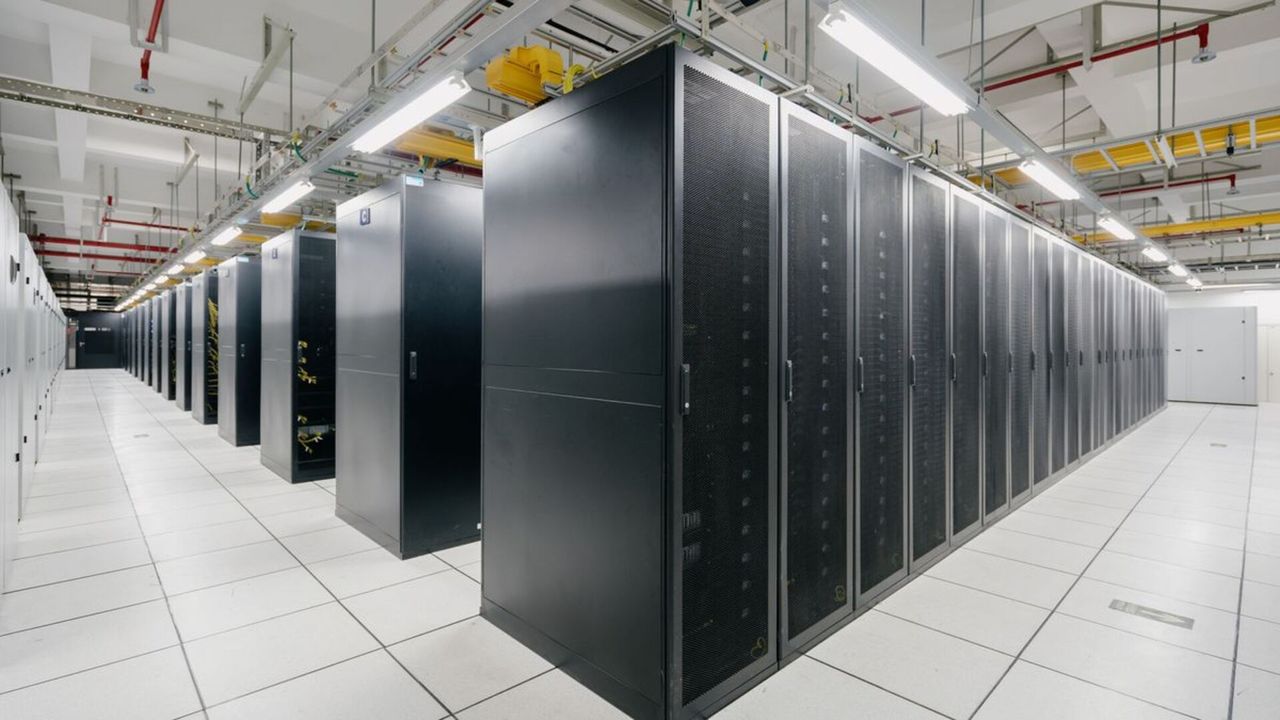
- New servers will power Apple’s growing US data center network
- Each server includes custom chips built to handle advanced AI workloads.
- These chips maintain the same privacy protections found in Apple’s consumer devices.
Apple has begun shipping AI servers from its new Houston factory months ahead of schedule, marking an important step in the company’s growing push toward large-scale computing.
The move brings Apple closer to the high-performance AI infrastructure space traditionally dominated by companies like Nvidia.
Apple Chief Operating Officer Sabih Khan said in a statement: “Our teams have done an incredible job accelerating work to get the new Houston factory up and running ahead of schedule, and we plan to continue expanding the facility to increase production next year.”
Early launch from Houston
The servers that will leave the plant will be installed in Apple’s data centers in the United States, forming part of a multibillion-dollar national investment strategy.
This development is part of Apple’s broader plan to spend approximately $600 billion in the US in the coming years, showing its intention to scale its internal computing capacity for AI workloads.
Each of the new AI servers contains custom-designed chips to deliver advanced machine learning capabilities.
These chips maintain the same privacy measures that Apple applies across its consumer ecosystem, including its iPhones and Macs.
They are believed to optimize the way Apple processes and protects user data while enabling AI performance on the device and in the cloud.
For Apple, this design approach represents a continuation of its tightly integrated hardware and software strategy, extending it from consumer products to the infrastructure level.
Although the company has not revealed full specifications or benchmark results, industry observers expect these servers to form the backbone of Apple’s growing AI tools and services.
The company’s approach differs from that of traditional data center operators that rely heavily on Nvidia GPUs, as Apple instead focuses on proprietary silicon optimized for its internal workloads.
This could eventually reduce its dependence on third-party chip suppliers, although it remains uncertain whether Apple’s hardware can match Nvidia’s performance.
The early launch demonstrates strong manufacturing efficiency, but questions remain about the scalability, interoperability, and long-term sustainability of Apple’s data center ambitions.
Delivering real-time AI performance on the same level as established GPU-based platforms will require more than custom chips.
It will test Apple’s ability to maintain consistent energy efficiency, cooling management and performance across facilities.
Through Economic times
Follow TechRadar on Google News and add us as a preferred source to receive news, reviews and opinions from our experts in your feeds. Be sure to click the Follow button!
And of course you can also follow TechRadar on TikTok for news, reviews, unboxings in video form and receive regular updates from us on WhatsApp also.



